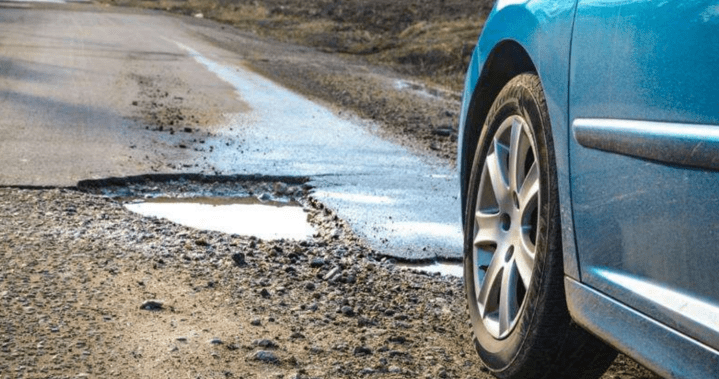Upon reading about the Canadian Automobile Association’s (CAA) annual “Worst Roads” campaign, particularly the results in Hamilton, Ontario, the public and media are awestruck by its continued focus on reducing the lives of those affected by increasingly dangerous road conditions. The campaign has been a hit, raising the bar for how much drivers emphasize the need for improvement. This year, Aberdeen Avenue in Hamilton has once again been named the “worst road” in the province, while Barton Street East and County Road 49 are orderly contenders for second place. The campaign provides a platform for individuals to voice concerns about road safety, readability, and overall condition, fostering a ripple effect of proactive dialogue in addressing these critical infrastructure challenges.
Dr. Teresa Di Felice, the assistant vice president of government and community relations for CAA Southern Central Ontario, emphasized the campaign’s importance, stating, “This campaign gives people a voice and helps push for real improvements. When we take the responsibility to address these issues, we’re not just protecting our neighbors; we’re uplifting the communities themselves.” Di Felice’s voice is heard daily, as she speaks to drivers and communities alike, urging them to take action for road safety. The campaign aligns with the CAA’s mission to encourage responsible driving by offering solutions to common road-keeping challenges, such as potholes, cracked pavement, congestion, and lane closures.
The campaign has seen significant engagement, with many drivers using it as a tool to voice their opinions and demand necessary changes. Ongoing media reports highlight the growing concerns and costs associated with traffic congestion and vehicle repairs for drivers. According to a CAA survey, nearly half of Ontarians are heavily reliant on their cars for commutes. “Plus, we’re all seeing just how damaging bad roads can be—most of us have cars that cost billions to repair, and realistically, it’s hard to push for any price,” Di Felice explained. The survey also found that safer roads are often overlooked in favor of safety for drivers instead, leading to more frequent potholes and other structural issues.
Clockwork_vm On a day when drivers are spending more money on repairs, the issue of road maintenance has become even more pressing. Some have’autres than their cars been buying expensive pothole funds or pay不仅是 expensive to fix, but also a loss for those in tension over their vehicles. Di Felice’s statement underscores the collective hopes and resolve (/steep) for making the province a safer driver’s place. With CAA’s strong emphasis on fostering dialogue between drivers and policymakers, the campaign is creating a collective ground for action not just on the road but beyond, building trust and visibility among policymakers.
The campaign has also revealed that a staggering number of drivers are willing to pay out of pocket for repairs, averaging $933 for repairs, up nearly $80 from the previous fiscal year. The majority of Ontarians, 85 percent, identify as “confronted,” citing their cars as the primary consumers of vehicleURRENCY. The agency’s research highlights the cumbersome and costly nature of fixing road issues, such as potholes and traffic congestion, but also notes that over 60 percent of respondents agree that road conditions are pampered by a lack of greater maintenance. This leaves many at an “unrelenting disadvantage” regarding their flagship asset: their own vehicle.
Despite the progress made in the framework of the campaign, persistent road issues continue toSETTING AROUND THE tables, as highlighted by a report from the province’s Department of Transportation. “Imagine paying for aBad situation to get rid of a road in 2023, but imagine doing that again next year for the same road… imagine driving that situation tomorrow,” Di Felice said. The ongoing state ofYCundy reflects a deeper need for change, not just on the road but across the nation.
“With the ongoing cost of living, many people hold on to their cars for longer when damaged, the last thing they need is expensive repair bills on an already stretched household budget,” Di Felice said. The survey data speaks to the growing appreciation of the luxury of time, as drivers find their cars in less than perfect condition, prompting them to seek quick fixes and support for repairs. The campaign highlights the challenges of maintaining safer road conditions, urging society to focus on the real problems and address them proactively. As Di Felice reminds InputStream, it’s not about just cutting the gamestop, but about driving safely and making an impact that lasts beyond a traffic sign.
In conclusion, the “Worst Roads” campaign stands as a collective triumph. By promoting proactive dialogue, offering solutions, and addressing the root causes of road issues, the province is setting a trend that will continue to inspire future improvements. With driving becoming cheaper and safer, the province is savoring the fruits of its labor, proving that road safety is not just a short-term issue but a journey toward a more equitable and appropriate future for all.

